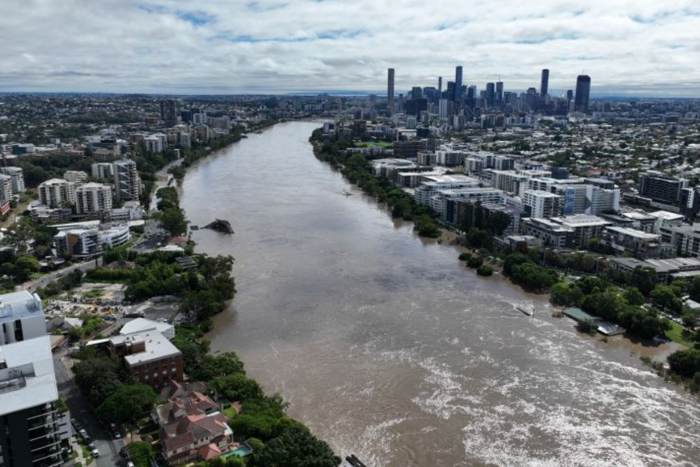Eastern Australia floods industry loss near AU $4bn: PERILS

PERILS AG has this morning given a clearer picture of where we should anticipate the industry loss to insurance and reinsurance markets to settle after the eastern Australia flooding this year, putting its initial figure at close to AU $4 billion (close to US $3bn).
That’s a much higher figure than the almost AU $2.5 billion latest claims number estimate from the Insurance Council of Australia (ICA).
Our sources have been suggesting US $3 billion was a good area to start thinking about the ultimate impact to insurance and reinsurance markets from the flooding that struck parts of eastern Australia through late February and into March 2022.
Already a number of major Australian insurance carriers have said they expect to make reinsurance recoveries, largely from their aggregate arrangements.
But, the higher the industry loss goes from this flood event, the more likely at least some carriers, perhaps smaller ones, can tap their occurrence towers.
Catastrophe loss data aggregator PERILS said its industry loss estimate covers flooding that occurred from 23 February to 8 March 2022.
The actual figure is AU $3.991 billion, so very close to AU $4bn, with losses counted from the motor and property lines of insurance business.
The flooding was driven by extreme rains, with rainfall totals exceeding historical records in some areas, especially in the South-East Queensland and Northern New South Wales regions, PERILS said.
PERILS explained, “From 23 February to 8 March 2022, the east coast of Australia experienced an extended period of heavy rainfall resulting in major river and surface water flooding. This was due initially to a monsoon trough which developed in the South-East Queensland and northern New South Wales regions. This trough was blocked by a high-pressure system near New Zealand and remained stationary, causing considerable rainfall and associated flooding across the regions affected during the last week of February. The monsoon trough then moved southwards and developed into an East Coast Low in early March, supported by a strong jet stream at higher altitudes. Another East Coast Low developed towards the end of the first week of March bringing onshore moisture and heavy rainfall to the New South Wales coast.”
Darryl Pidcock, Head of PERILS Asia-Pacific, stated, “This event is the largest flood loss on record for the Australian insurance industry, exceeding the record Brisbane floods of 2011.
“It was a very complex weather event from a meteorological perspective with changing weather systems during the loss period. The resulting damage from pluvial and river flooding was considerable, especially for South-East Queensland and the northern regions of New South Wales.
“Given the complexity of the weather systems, the application of event definition clauses for reinsurance purposes will vary across the market. Such clauses can include meteorological conditions and/or loss aggregation periods, such as the 168-hours clause, which means that there is no common market standard applied to the losses.
“Given these factors, the losses from this event have been reported by PERILS as one single insurance event.”
As Pidcock says, hours clauses could be critical in how insurers make reinsurance recoveries, with some perhaps able to claim multiple events for aggregate reinsurance purposes.
Australian insurers IAG, Suncorp and Youi are already making claims and recoveries under aggregate reinsurance towers for the first flood catastrophe in February, while the flooding in late March and now again in April around Sydney could also complicate the matter and potentially cause additional recoveries to be made for new events.
Reinsurance capital sources are expected to bear the brunt of the flood losses, according to rating agency AM Best.





